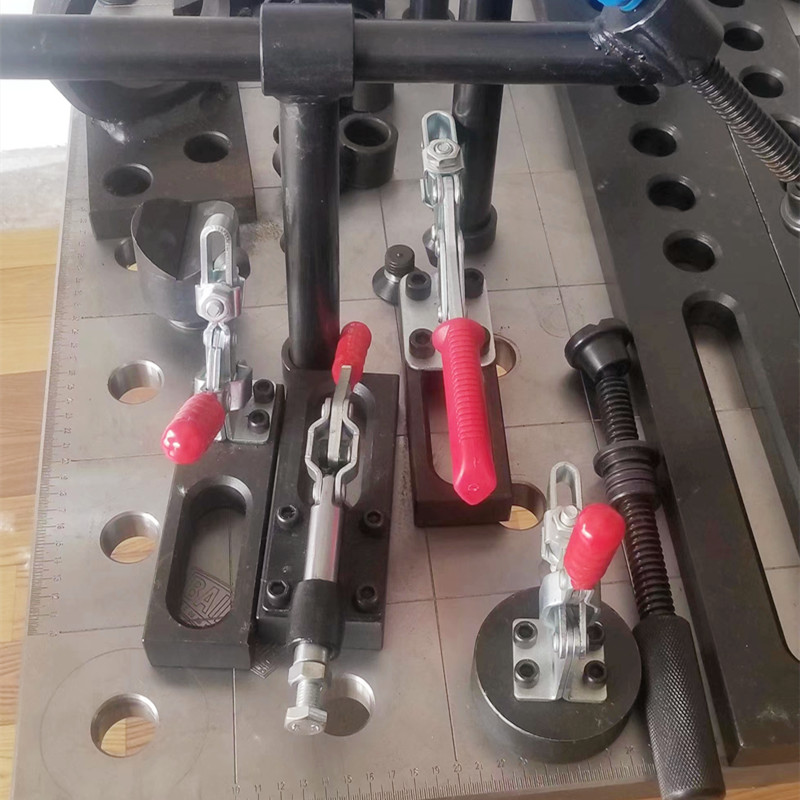កញ្ញា . 25, 2024 00:13 Back to list
Understanding the Snap Dial Gauge and Its Applications in Measurement Tools
Understanding the Snap Dial Gauge A Precision Instrument
The snap dial gauge, also known as a dial indicator or dial gauge, is an essential tool in the field of engineering and manufacturing. This instrument is designed to measure small distances with high precision, making it indispensable for quality control and dimensional inspection processes. In this article, we will explore the features, working mechanism, and applications of the snap dial gauge.
Features of the Snap Dial Gauge
The snap dial gauge typically consists of a dial face, a pointer, and a probe or plunger that makes contact with the surface being measured. The dial face is graduated with calibrated markings, usually in millimeters or inches, allowing users to read measurements accurately. The most notable aspect of a snap dial gauge is its sensitivity and ability to provide immediate feedback on the measurements being taken. With a range usually extending up to 1 inch or 25 millimeters, these gauges can detect variations as small as 0.001 inches or 0.01 millimeters.
One of the defining characteristics of the snap dial gauge is its mechanism. The internal gear structure converts the linear movement of the probe into rotational movement of the pointer on the dial face. This allows for quick adjustments and easy reading, making the tool user-friendly and efficient.
Working Mechanism
snap dial gauge

When using a snap dial gauge, the operator places the probe against the item to be measured. The gauge is then calibrated to zero when in contact with a reference point, ensuring that any subsequent measurements are accurate. As the probe moves away from the reference point, the linear movement is translated into a rotational movement of the dial pointer, which reflects the distance that the probe has traveled. This mechanism is highly reliable and enables precise measurement of parts, whether they are flat, cylindrical, or have irregular shapes.
Applications in Various Industries
The snap dial gauge is widely used in numerous industries, such as automotive, aerospace, and general manufacturing. In quality control, these gauges are crucial for ensuring that components meet strict tolerance levels. For instance, when assembling engine parts, manufacturers rely on snap dial gauges to verify that each component fits together correctly, which is vital for the overall performance and safety of the vehicle.
In addition to manufacturing, snap dial gauges are utilized in laboratory environments for experimental setups where precise measurement is crucial. They play a role in research and development, where prototyping and testing new designs depend on accurate measurements.
Conclusion
The snap dial gauge is more than just a measurement tool; it embodies precision and reliability, making it a cornerstone in various fields of work. Its straightforward design, coupled with the ability to provide instant feedback, turns it into a favorite among engineers, technicians, and machinists. As technology continues to evolve, the fundamental principles behind the snap dial gauge remain relevant, highlighting its enduring importance in achieving high-quality standards in manufacturing and engineering processes.
-
Wear Resistance Strategies for Trapezoidal ThreadsNewsJun.26,2025
-
Selecting Thread Gauge Types for Aerospace Component InspectionsNewsJun.26,2025
-
Ring Gauge Influence on Cigar Aging Potential and Storage SolutionsNewsJun.26,2025
-
Pin Gauge Training Programs for Enhanced Dimensional Inspection SkillsNewsJun.26,2025
-
Custom Spline Ring Gauge Design for Unique Engineering NeedsNewsJun.26,2025
-
Cost-Effective Alternatives to Custom Threaded Ring GaugesNewsJun.26,2025
Related PRODUCTS









